
Kód: 04636680
Barlaam and Ioasaph
Autor St.John Damascene
One of the best known examples of the hagiographic novel, this is the tale of an Indian prince who becomes aware of the world's miseries and is converted to Christianity by the monk Barlaam. Barlaam and Josaphat (Ioasaph) were bel ... celý popis
- Jazyk:
 Angličtina
Angličtina - Vazba: Pevná
- Počet stran: 688
Nakladatelství: Harvard University Press
- Více informací o knize

Mohlo by se vám také líbit
Darujte tuto knihu ještě dnes
- Objednejte knihu a zvolte Zaslat jako dárek.
- Obratem obdržíte darovací poukaz na knihu, který můžete ihned předat obdarovanému.
- Knihu zašleme na adresu obdarovaného, o nic se nestaráte.
Více informací o knize Barlaam and Ioasaph
Nákupem získáte 90 bodů
 Anotace knihy
Anotace knihy
One of the best known examples of the hagiographic novel, this is the tale of an Indian prince who becomes aware of the world's miseries and is converted to Christianity by the monk Barlaam. Barlaam and Josaphat (Ioasaph) were believed to have re-converted India after her lapse from conversion to Christianity, and they were numbered among the Christian saints. Centuries ago likenesses were noticed between the life of Josaphat and the life of the Buddha; the resemblances are in incidents, doctrine, and philosophy, and Barlaam's rules of abstinence resemble the Buddhist monk's. But not till the mid-nineteenth century was it recognised that, in Josaphat, the Buddha had been venerated as a Christian saint for about a thousand years. The origin of the story of Barlaam and Ioasaphwhich in itself has little peculiar to Buddhismappears to be a Manichaean tract produced in Central Asia. It was welcomed by the Arabs and by the Georgians. The Greek romance of Barlaam appears separately first in the 11th century. Most of the Greek manuscripts attribute the story to John the Monk, and it is only some later scribes who identify this John with John Damascene (ca. 676749). There is strong evidence in Latin and Georgian as well as Greek that it was the Georgian Euthymius (who died in 1028) who caused the story to be translated from Georgian into Greek, the whole being reshaped and supplemented. The Greek romance soon spread throughout Christendom, and was translated into Latin, Old Slavonic, Armenian, and Arabic. An English version (from Latin) was used by Shakespeare in his caskets scene in "The Merchant of Venice." David M. Lang's Introduction traces parallels between the Buddhist and Christian legends, discusses the importance of Arabic versions, and notes influences of the Manichaean creed.
 Parametry knihy
Parametry knihy
Zařazení knihy Knihy v angličtině Humanities Religion & beliefs Christianity
904 Kč
- Plný název: Barlaam and Ioasaph
- Autor: St.John Damascene
- Jazyk:
 Angličtina
Angličtina - Vazba: Pevná
- Počet stran: 688
- EAN: 9780674990388
- ISBN: 0674990382
- ID: 04636680
- Nakladatelství: Harvard University Press
- Hmotnost: 470 g
- Rozměry: 121 × 168 × 35 mm
Oblíbené z jiného soudku
-

The Neville Goddard Collection
812 Kč -
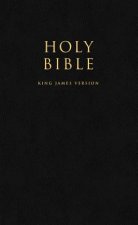
The Holy Bible - King James Version
249 Kč -
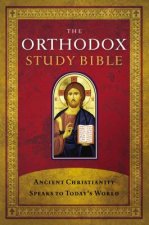
Orthodox Study Bible, Hardcover
1101 Kč -

Holy Bible: English Standard Version (ESV) Anglicised Black Gift and Award edition
290 Kč -
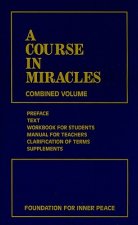
A Course in Miracles
673 Kč -
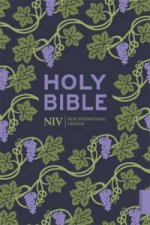
NIV Holy Bible (Hodder Classics)
183 Kč -

Wild at Heart Expanded Edition
382 Kč -

Book of Life
367 Kč -

ESV Economy Bible
123 Kč -

Habits of a Godly Woman
244 Kč -

101 Questions to Ask Before You Get Engaged
293 Kč -

NRSV, Catholic Bible, Gift Edition, Leathersoft, White, Comfort Print
692 Kč -
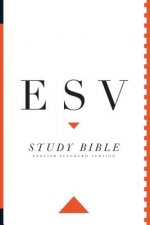
ESV Study Bible, Personal Size
744 Kč -
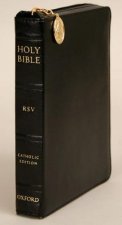
Revised Standard Version Catholic Bible, Compact Edition, Zipper Duradera
739 Kč -
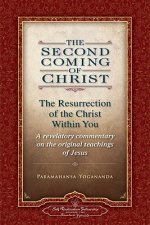
Second Coming of Christ
539 Kč -

How to Lead When You're Not in Charge
333 Kč -
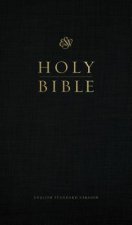
ESV Church Bible
263 Kč -

New Catholic Bible
1052 Kč -

Anna, Grandmother of Jesus
373 Kč -
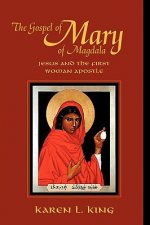
Gospel of Mary of Magdala
745 Kč -

ESV Vest Pocket New Testament with Psalms and Proverbs
287 Kč -

Complete Jewish Study Bible
976 Kč -
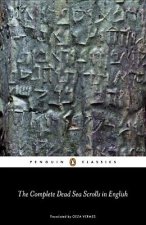
Complete Dead Sea Scrolls in English (7th Edition)
333 Kč -

Feeling is the Secret
245 Kč -

Jesus Calling, Small Brown Leathersoft, with Scripture References
374 Kč -

What on Earth Am I Here For? Purpose Driven Life
113 Kč -

Total Forgiveness
406 Kč -

Ryrie Study Bible-KJV
1419 Kč -
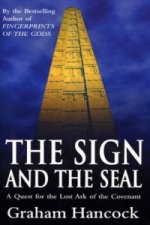
Sign And The Seal
283 Kč -

Emotionally Healthy Spirituality Day by Day
324 Kč -

CSB She Reads Truth Bible, Hardcover
798 Kč -
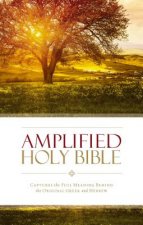
Amplified Holy Bible, Paperback
458 Kč -

KJV Gift & Award Bible, Imitation Leather, Black
242 Kč -

HOLY BIBLE: King James Version (KJV) White Compact Gift Edition
433 Kč -
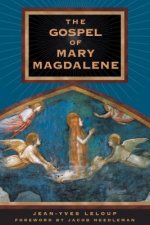
Gospel of Mary Magdalene
368 Kč -
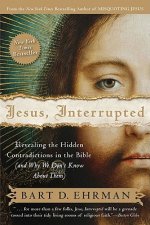
Jesus, Interrupted
401 Kč -

George MacDonald
258 Kč -

It Is Finished - Finding Lasting Victory Over Sin
322 Kč -
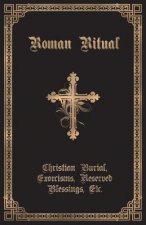
Roman Ritual
610 Kč -

How to Be an Adult
285 Kč -

Rules of Engagement for Overcoming Your Past
260 Kč -

Heavenly Man
322 Kč -

Lectures to My Students
625 Kč -
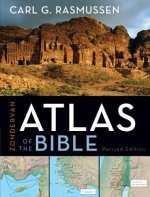
Zondervan Atlas of the Bible
878 Kč -

Mingling of Souls
406 Kč -
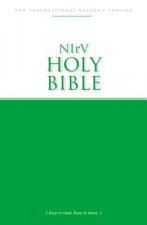
NIrV, Economy Bible, Paperback
151 Kč -

Global Humility:Attitudes to Mission
464 Kč -
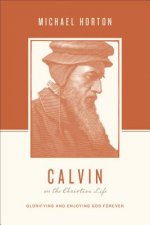
Calvin on the Christian Life
551 Kč -

When Kingdoms Clash
630 Kč
Osobní odběr Praha, Brno a 12903 dalších
Copyright ©2008-24 nejlevnejsi-knihy.cz Všechna práva vyhrazenaSoukromíCookies





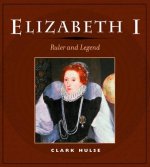

 Vrácení do měsíce
Vrácení do měsíce 571 999 099 (8-15.30h)
571 999 099 (8-15.30h)